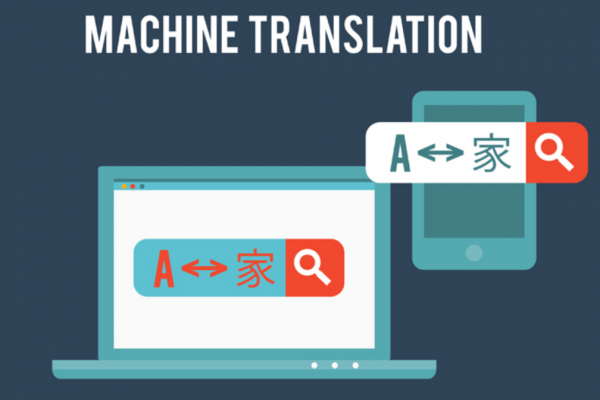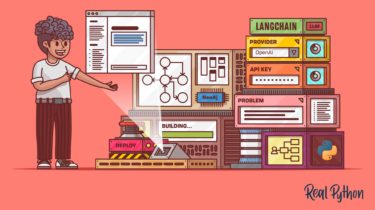Beyond SQL: Transforming Real Estate Data into Actionable Insights with Pandas
In the realm of data analysis, SQL stands as a mighty tool, renowned for its robust capabilities in managing and querying databases. However, Python’s pandas library brings SQL-like functionalities to the fingertips of analysts and data scientists, enabling sophisticated data manipulation and analysis without the need for a traditional SQL database. This exploration delves into applying SQL-like functions within Python to dissect and understand data, using the Ames Housing dataset as your canvas. The Ames Housing dataset, a comprehensive compilation […]
Read more



